Ellen Cranley


A Rural Fire Service firefighter Trevor Stewart views a flank
of a fire on January 11, 2020 in Tumburumba, Australia.
Sam Mooy/Getty Images
The bushfires devastating Australia are burning amid waves of disinformation spread over social media and criticism for some of the country's top news outlets over their coverage of the crisis.
An employee at Rupert Murdoch's Australia News Corp wrote in a company-wide leaked email that the company's coverage of the fires, which have been slammed for seeming to deny climate change and protect conservative politicians, amounted to an irresponsible "misinformation campaign."
Misleading stories and hashtags fueled by bots and trolls on social media have also spawned false claims that politically motivated arsonists are behind the fires.
The bushfires ravaging Australia have devastated 25 million acres and killed nearly one billion animals.
In addition to the physical damage across the country, authorities are also contending with widespread misinformation and false reports and claims of arson.
On Friday, emails were leaked showing a mass message from an employee of media mogul Rupert Murdoch's Australia News Corp condemning the coverage of the wildfires from the company's various outlets amounting to an irresponsible "misinformation campaign."
Emily Townsend, a commercial finance manager, wrote that she finds it "unconscionable to continue working for this company, knowing I am contributing to the spread of climate change denial and lies."
"The reporting I have witnessed in The Australian, The Daily Telegraph and Herald Sun is not only irresponsible, but dangerous and damaging to our communities and beautiful planet that needs us more than ever now to acknowledge the destruction we have caused and start doing something about it," Townsend wrote.
The leaked email was the latest in widespread concerns that Murdoch-owned outlets were under-covering or stifling stories about the extent of the fires, and diverting mention of climate change as a primary factor.
An analysis by The New York Times found that the high-powered newspapers and television stations owned by Murdoch have been instrumental in disseminating misleading claims that are in stark contrast to Australian fire authorities.
Authorities have said since November that though bush fires are expected during the country's dry season, a combination of factors like extraordinary heat, wind, and long-term climate change is exacerbating conditions. Murdoch's paper, The Australian, has repeatedly argued that this year's fires are no worse than previous years.
The Times noted that a search for "climate change" across the outlets found stories "condemning protesters who demand more aggressive action from the government; editorials arguing against 'radical climate change policy'; and opinion columns emphasizing the need for more backburning to control fires."
In addition to the massive outlets, social media chatter like a Twitter hashtag, #ArsonEmergency, surfaced in the first week of January as it was tagged in posts assigning blame the fires as being the work of dozens of criminals, despite extensive evidence to the contrary.
Queensland University of Technology researcher Timothy Graham wrote in an essay for The Conversation that he and a fellow researcher had identified about 300 Twitter accounts who were contributing to the #ArsonEmergency hashtag that originated with bot and troll accounts.
President Donald Trump's son, Donald Trump Jr., was among the conservatives who reacted to the claims. He tweeted a story from the conservative Australian that misleadingly said 180 people had been arrested on arson charges, though they were from bushfire-related charges and only 24 were charged with deliberately lighting fires.
Amid the misinformation and conspiracy theories thriving on social media, one primary concern among authorities battling the flames lie in Prime Minister Scott Morrison, who has been heavily criticized for his approach to the disaster and reluctance to acknowledge climate change.
News Corp employee quits with damning all-staff email savaging company's 'dangerous misinformation' on climate change and wildfires
Read more:
Heartbreaking photos show koalas, kangaroos, and other animals being badly burned or left without homes because of Australia's bushfires
Sex workers are fundraising for Australia bushfire relief by selling nude photos online. They've raised hundreds of thousands, but not without consequences.
3 graphics reveal the unimaginable scale of Australia's fires
Australia's fires are 46% bigger than last year's Brazilian Amazon blazes. There are at least 2 months of fire season to
The bushfires devastating Australia are burning amid waves of disinformation spread over social media and criticism for some of the country's top news outlets over their coverage of the crisis.
An employee at Rupert Murdoch's Australia News Corp wrote in a company-wide leaked email that the company's coverage of the fires, which have been slammed for seeming to deny climate change and protect conservative politicians, amounted to an irresponsible "misinformation campaign."
Misleading stories and hashtags fueled by bots and trolls on social media have also spawned false claims that politically motivated arsonists are behind the fires.
The bushfires ravaging Australia have devastated 25 million acres and killed nearly one billion animals.
In addition to the physical damage across the country, authorities are also contending with widespread misinformation and false reports and claims of arson.
On Friday, emails were leaked showing a mass message from an employee of media mogul Rupert Murdoch's Australia News Corp condemning the coverage of the wildfires from the company's various outlets amounting to an irresponsible "misinformation campaign."
Emily Townsend, a commercial finance manager, wrote that she finds it "unconscionable to continue working for this company, knowing I am contributing to the spread of climate change denial and lies."
"The reporting I have witnessed in The Australian, The Daily Telegraph and Herald Sun is not only irresponsible, but dangerous and damaging to our communities and beautiful planet that needs us more than ever now to acknowledge the destruction we have caused and start doing something about it," Townsend wrote.
The leaked email was the latest in widespread concerns that Murdoch-owned outlets were under-covering or stifling stories about the extent of the fires, and diverting mention of climate change as a primary factor.
An analysis by The New York Times found that the high-powered newspapers and television stations owned by Murdoch have been instrumental in disseminating misleading claims that are in stark contrast to Australian fire authorities.
Authorities have said since November that though bush fires are expected during the country's dry season, a combination of factors like extraordinary heat, wind, and long-term climate change is exacerbating conditions. Murdoch's paper, The Australian, has repeatedly argued that this year's fires are no worse than previous years.
The Times noted that a search for "climate change" across the outlets found stories "condemning protesters who demand more aggressive action from the government; editorials arguing against 'radical climate change policy'; and opinion columns emphasizing the need for more backburning to control fires."
In addition to the massive outlets, social media chatter like a Twitter hashtag, #ArsonEmergency, surfaced in the first week of January as it was tagged in posts assigning blame the fires as being the work of dozens of criminals, despite extensive evidence to the contrary.
Queensland University of Technology researcher Timothy Graham wrote in an essay for The Conversation that he and a fellow researcher had identified about 300 Twitter accounts who were contributing to the #ArsonEmergency hashtag that originated with bot and troll accounts.
President Donald Trump's son, Donald Trump Jr., was among the conservatives who reacted to the claims. He tweeted a story from the conservative Australian that misleadingly said 180 people had been arrested on arson charges, though they were from bushfire-related charges and only 24 were charged with deliberately lighting fires.
Amid the misinformation and conspiracy theories thriving on social media, one primary concern among authorities battling the flames lie in Prime Minister Scott Morrison, who has been heavily criticized for his approach to the disaster and reluctance to acknowledge climate change.
News Corp employee quits with damning all-staff email savaging company's 'dangerous misinformation' on climate change and wildfires
Read more:
Heartbreaking photos show koalas, kangaroos, and other animals being badly burned or left without homes because of Australia's bushfires
Sex workers are fundraising for Australia bushfire relief by selling nude photos online. They've raised hundreds of thousands, but not without consequences.
3 graphics reveal the unimaginable scale of Australia's fires
Australia's fires are 46% bigger than last year's Brazilian Amazon blazes. There are at least 2 months of fire season to
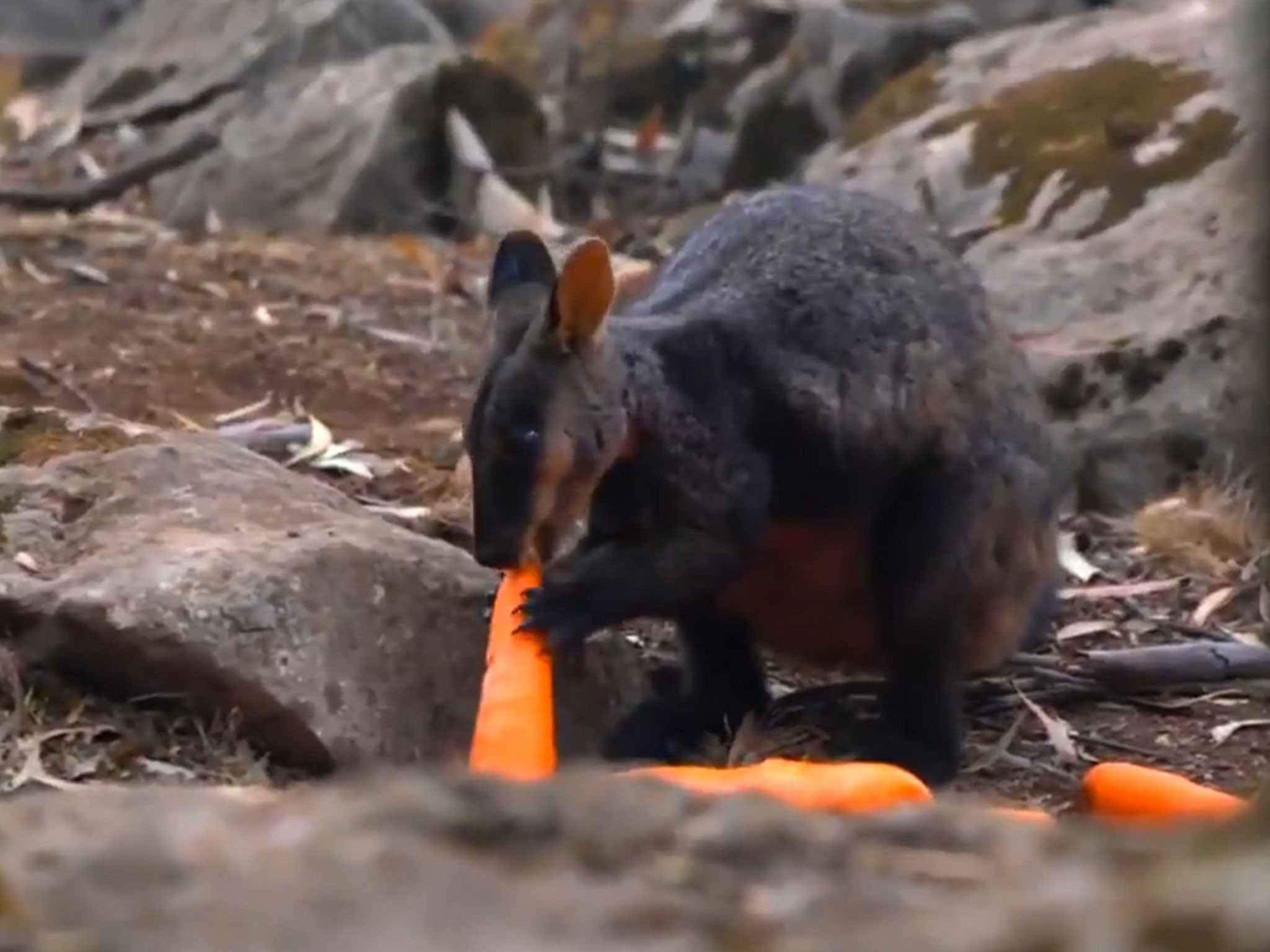
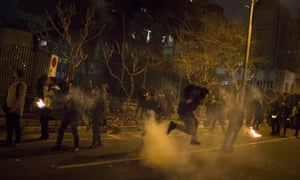
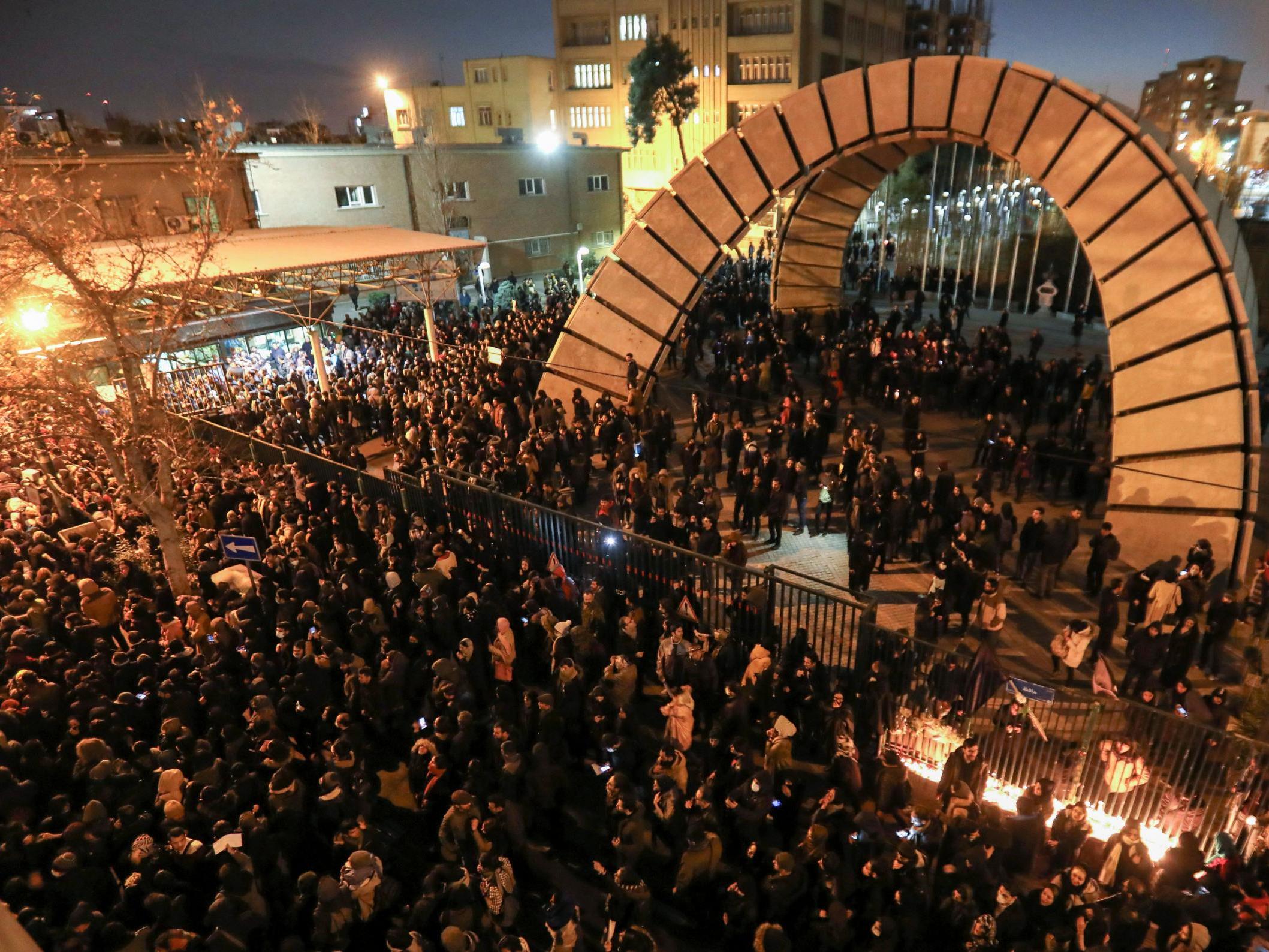
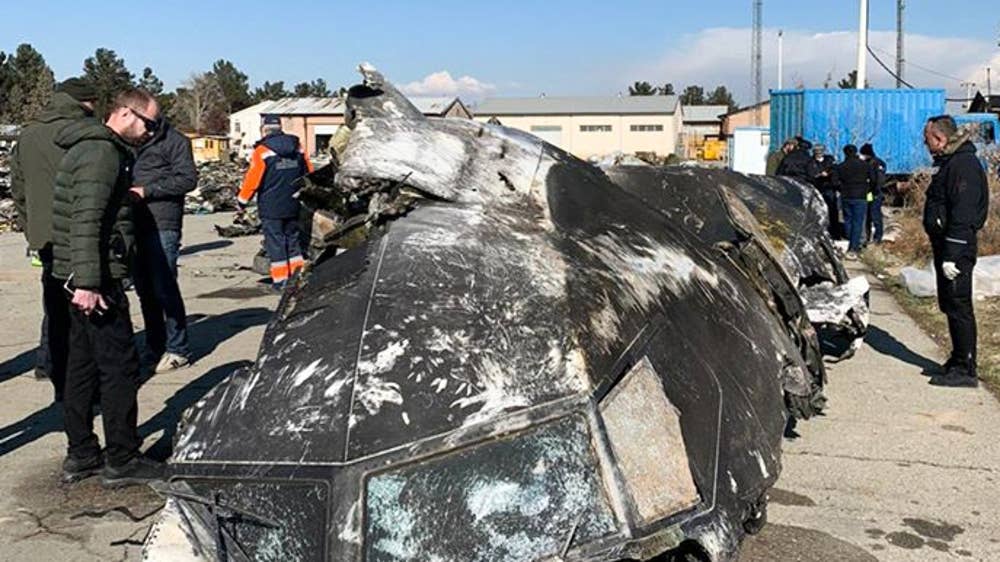
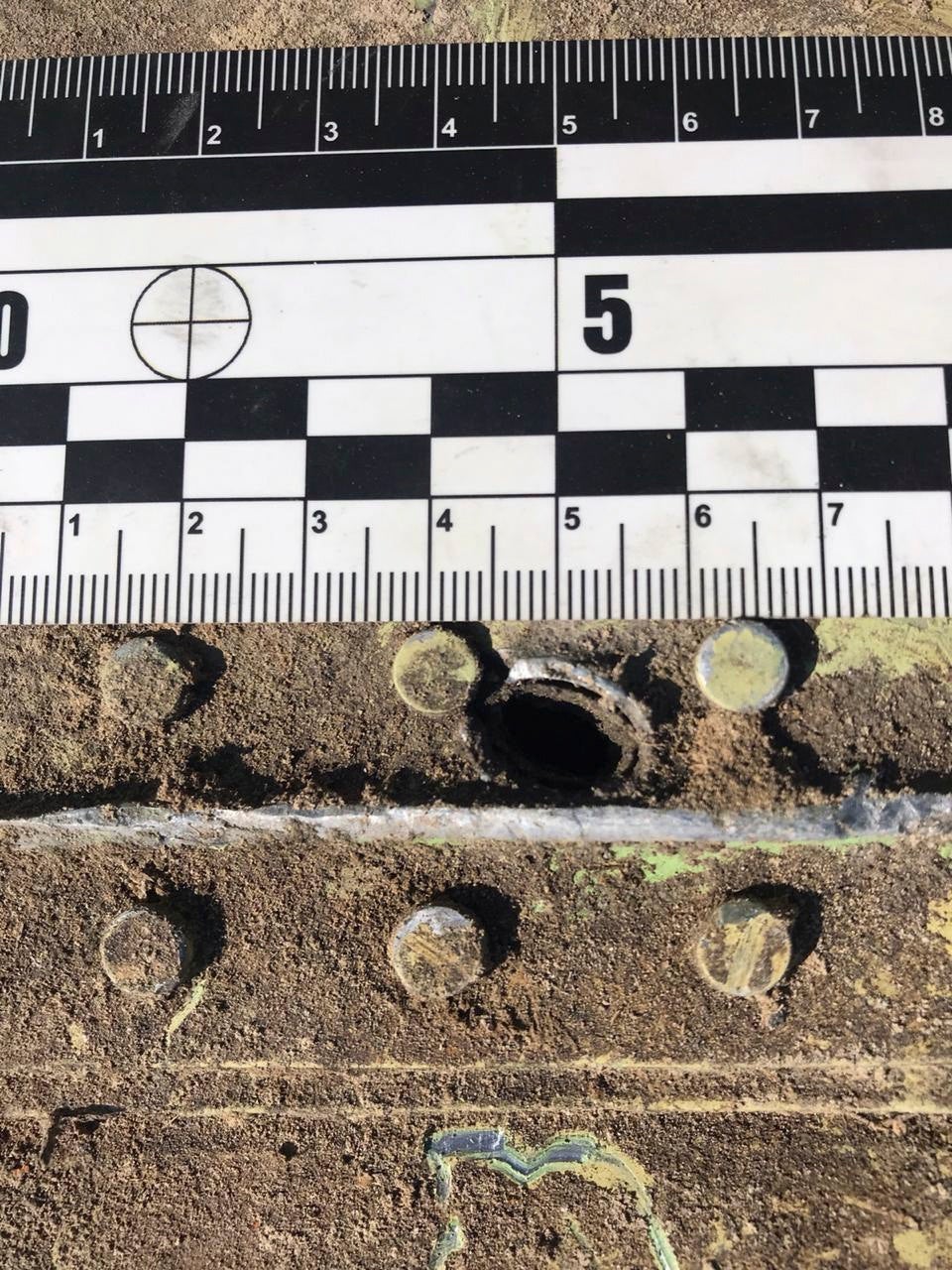
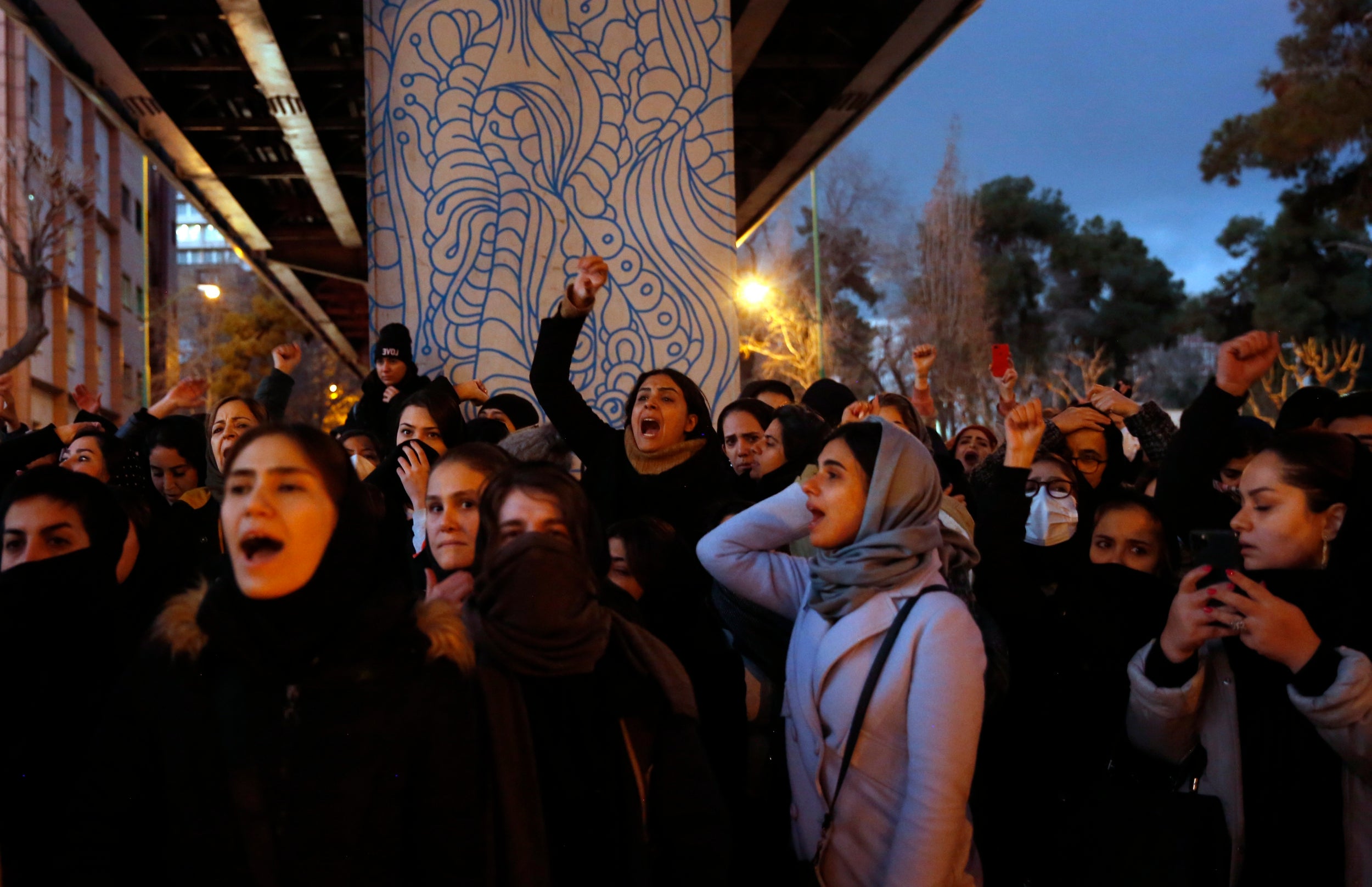
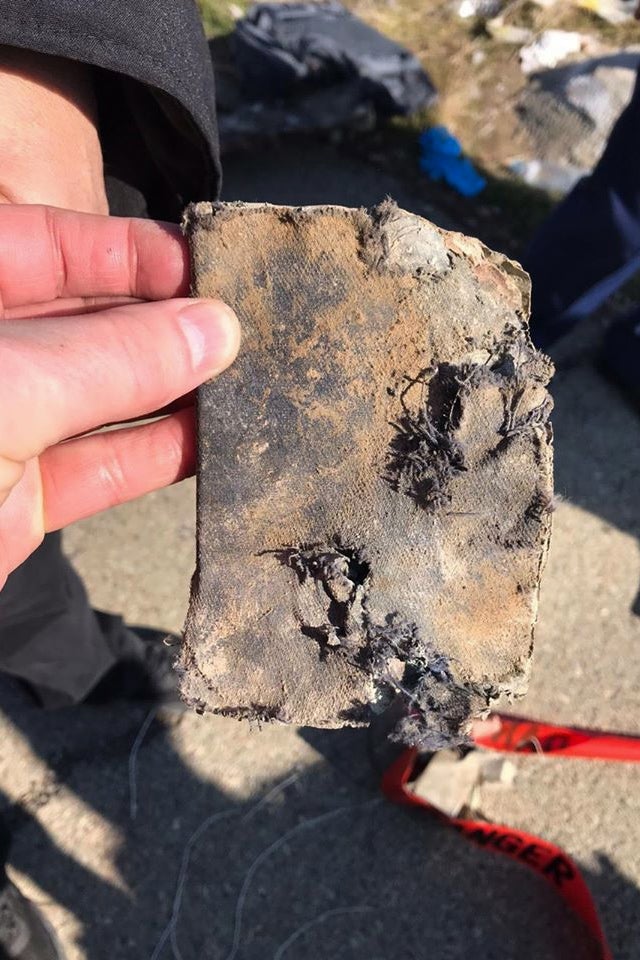
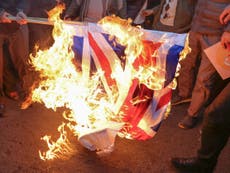
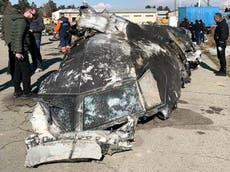




 Like any party, play parties at NSFW have a natural cadence. mediaphotos/Getty Images
Like any party, play parties at NSFW have a natural cadence. mediaphotos/Getty Images








